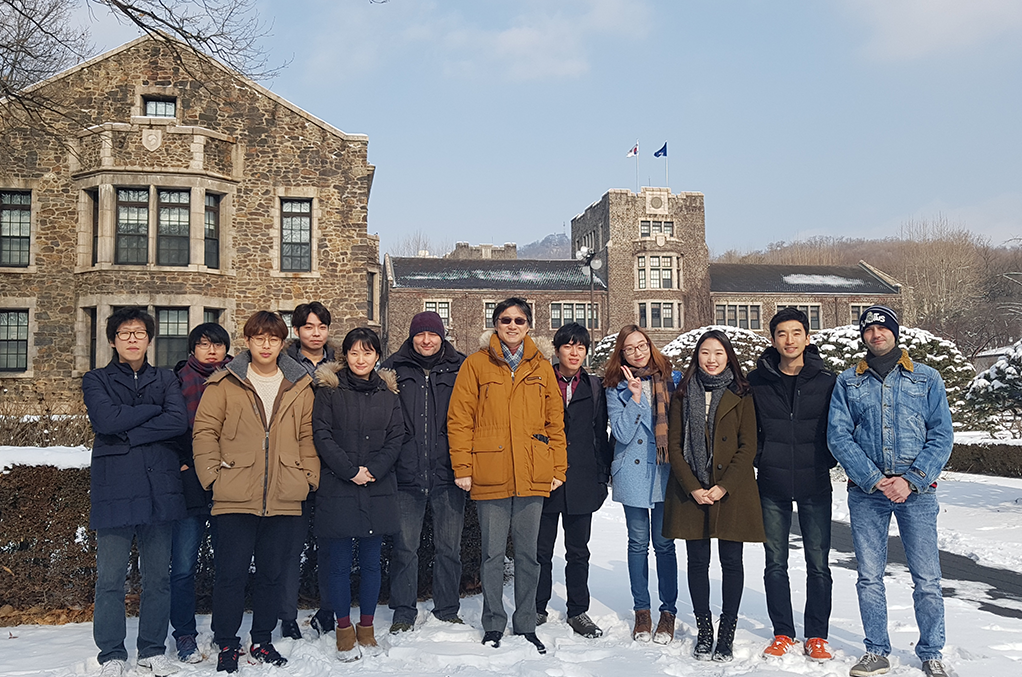A river runs through it: galaxy behavior under environmental mechanisms
Researchers used cosmological hydrodynamic simulations to show consistent behavior patterns in phase-space diagrams.
Picture a river. Imagine it—the way the water flows, the way the ripples change when it contacts submerged rocks, the little eddies and whorls that happen near banks and channels. Now, drop a red ball into the river. How is it carried? Does it get caught on the bank? Submerged? Spun in an eddy? Now, picture the universe as a river with all its galaxies as little balls carried in it. In a much simplified version of that thought experiment, researchers from Yonsei University and others developed phase-space diagrams for galaxies that metaphorically show the flow of that universal river.
In a recent study, Yonsei University researchers confirmed previous results; Prof. Yi, the head of the research group, stated that “if the full three-dimensional velocity and three-dimensional clustocentric radius is known, galaxies that fall in at different times tend to be found in particular regions of phase-space.” Essentially, this means that, like dropping a ball into the river at a specific time, it will end up at a specific location or behave in a certain way. Of course, this depends on the density of the ball, the speed of the river, and any obstructions that might get in its way. Galaxies encounter similar challenges.
Sometimes, they go through a deep potential well. This is an area with large mass effects where the cluster galaxies get thrust through the hot gas at high orbital velocities and their neutral gas disk gets stripped away in the process. This is called ram pressure stripping. Other times, the cluster galaxies may get harassed with multiple gravitational wells. Just like a ball caught under a waterfall, the galaxy may get dunked over and over again, losing material and impacting star formation. If enough material gets stripped, the galaxy may change from a cluster type to a red and dead early type. Mr. Rhee, the corresponding author, refers to this phenomenon as an “environmental mechanism contributing to galaxy type clustering effects.”
It turns out that, just like a river, environmental mechanisms tend to happen in recurring arrangements. Thus, galaxies (just like our little red ball) tend to end up in predictable patterns based on when they fell in and which mechanisms acted on them.
The clever bit of this new study is that it provides a way to use the theoretical prediction from phase space analysis to compare with observed data directly. Using the observed position and spatial speed of a galaxy inside a large cluster, this phase space analysis gives two very important pieces of information about the galaxy: the time since infall into a large cluster and the amount of dark matter mass loss inside the cluster. Using our river analogy, this means that researchers can estimate how long the ball has been in the river and how much of the mass of the ball has been lost due to its interaction with the river. This new theoretical technique is expected to be a powerful tool because it also gives statistical error estimates on both time since infall and mass loss.
Understanding the lifecycles and environmental mechanisms contributing to galaxy formation, growth, and dissipation can directly help shape our understanding of our own galactic path and unlock another secret to the formation of the universe.

Recommended Articles
Professor Byeong-Su Kim
New study demonstrates that “deformable” electronics are not a stretch
Professor Yeonjin Yi